Wild, remote Pian Upe’s Uganda’s best-kept secret
It is not for nothing that Uganda is nicknamed the Pearl of Africa. This small country – at only 241,037 square-kilometre – boasts of 10 National Parks. These are Queen Elizabeth, Lake Mburo, Murchison Falls, Kidepo Valley, Kibale, Mount Elgon, Rwenzori Mountains, Semuliki, Mgahinga Gorilla, and Bwindi Impenetrable National Parks.
These parks display the best in East Africa from the snowy mountain of the Rwenzori, to the Bwindi Impenetrable Forest to the massive freshwater Lake Victoria and the 14-metre tall Murchison Falls.
Nevertheless, in 1967, the government gazetted the Pian Upe Game Reserve, a 2,788 square-kilometre wildlife sanctuary in the open northeastern rangelands. This part of the country is remote, hot and dry and has been bedevilled by insecurity for a better part of early independence days. Also, the Pokot people who roam this open land have for long been considered warlike and hostile. It is the least visited game reserve in Uganda, despite its 100 plus cheetah population, the largest in the world anywhere. It is also famous for its roan antelopes.
The creation of the game reserve was expected to bring tourism revenue and infrastructure development such as roads to generally improve community life.
Compared with Pian Upe, all of Uganda’s most visited natural attractions – Queen Elizabeth, Bwindi Impenetrable, Murchison Falls, Mgahinga Gorilla and Kibale national parks – are located in the lush western region of the country.
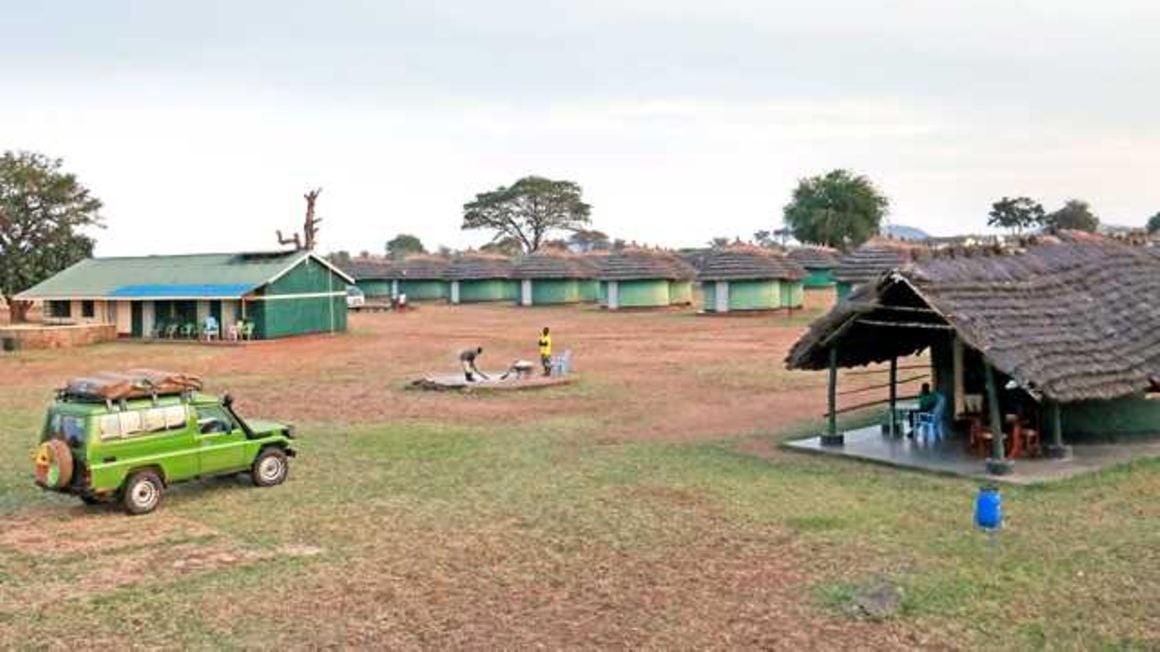
The UWA accommodation bandas at the Kidepo Valley National Park. Pian Upe still lacks such. PHOTO | MORGAN MBABAZI
On the day we visited, we were the only ones. We arrived at 10 am for a game drive, and we sighted herds of buffaloes, baboons and a variety of antelopes.
Our guide Faustine Omara says if we are lucky we could see big cats such as lions and cheetahs.
And this is what Pian Upe has that other protected nature areas don’t have. Local and international travellers visiting Pian Upe get unique experiences in that, this is the real wilderness. It is only here that one can see Roan antelopes and cheetahs.
There are only about 6,700 individuals left in the wild worldwide, and the International Union for Conservation of Nature lists the species as vulnerable. Pian Upe has an estimated 100 individuals, according to Omara the guide.
Because of the abundant herds of antelopes, gazelles, topis and elands, hyenas, jackals, wildcats, lions and leopards thrive here for the hunt.
Beyond the grassland in the wooded stretches are zebras, olive baboons, vervet monkeys and oribis, among many others.
According to Omara, the Pokot have been hunting bushmeat until the late 2000s. Also the atmosphere of insecurity that bedevilled the northeastern region between the 1970s and the 2000s courtesy of rebel activities – including the almost three-decade-long Lord’s Resistance Army war with the government – left Pian Upe susceptible to illegal hunting, which decimated its wildlife populations.
Security in the region has stabilized over the past two decades and poaching attracts fines of up to Ush20 million ($2) and or life imprisonment.
During the pandemic lockdown, four poachers were apprehended, charged and jailed, according to Julius Tinkasiimire, Pian Upe’s chief warden.
The government is determined to make Pian Upe a nature gem in the north, with conservation projects and talk of upgrading the reserve to national park status.
Enchanting natural features
Besides the animals, the majestic Mount Kadam, the Cheposukunya Hot Springs and a string of rocky outcrops and historic caves are a major attractions, especially with hikers and those seeking to spend time out in nature.
Scaling the 3,000-metre high Mount Kadam is a dizzying experience, but for those with acrophobia, the numerous rocky outcrops spread across the reserve provide a less-challenging option.
The rocky ranges hide centuries-old caves that the history of the Pokot has weaved into their cultural lores. The Napedet Cave, for instance, has ancient paintings of animals that date back more than 1,000 years, according to our guide Omara.
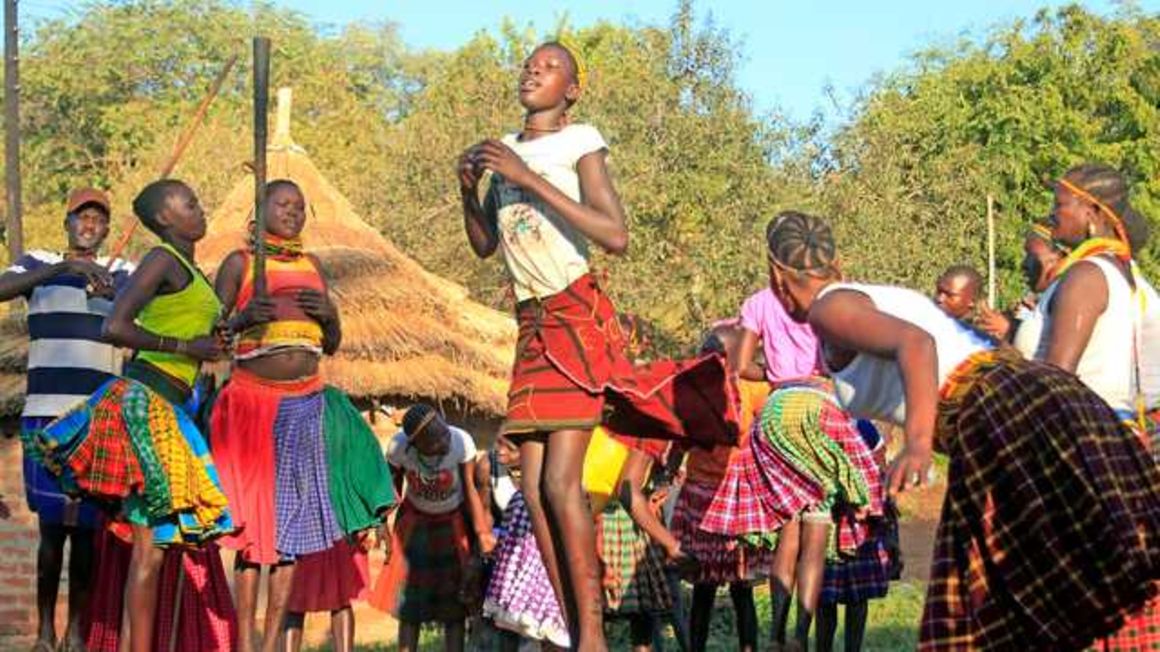
A Karamoja dance in the Pian Upe reserve. PHOTO | MORGAN MBABAZI
The Napedet Cave is so big, it was used as an occasional dwelling, and one can still find old cooking stones. From the height of the caves, one can get clear views of Pian Upe’s vast plains and Mount Kadam in the background.
Pian Upe’s vast plains is also home to over 240 bird species, according to official Uganda Wildlife Authority data, which makes the reserve a birder’s paradise. Most common are ostriches, with flocks of grass birds, African eagles, jacanas, hornbills, plovers, hawks, egrets, pelicans, turacos, darters, herons, lapwings, cormorants, cranes, owls and weaver birds. The grasslands offer the perfect sanctuary.
Why Pian Upe is less visited
According to Omara the guide, Pian Upe used to attract just about 20 tourists a month, in pre-Covid days. But as the pandemic ruled out travel around the world, that number was reduced to an average paltry of three visitors a month during the pandemic.
More than anything else, Omara says, it is the lingering perception that northeastern Uganda is not safe that is keeping visitors away.
“You can imagine many tourists visit the nearby Sipi Falls in Kapchorwa but avoid game drives in Pian Upe because they think it’s risky,” Omara said. “It used to be insecure many years ago but things have since changed,” he added.
But just the fact that it is remote and isolated means it doesn’t feature on many travel itineraries, but for the discerning intrepid traveller, Pian Upe is waiting to offer the perfect wild nature immersion.
The lack of infrastructure also means a scarcity of accommodation. The only options are the three, Ush56,000 ($15)-a-night gazebos that are run by the Uganda Wildlife Authority, the state agency overseeing Uganda’s protected areas. But one can have bush camping around the caves, which costs Ush15,000 (about $4), bring your own tent and all other camping provisions.
The closest build up accommodation is in Mbale city, about 70 kilometres southwest of the reserve’s headquarters in Nakapiripirit district.
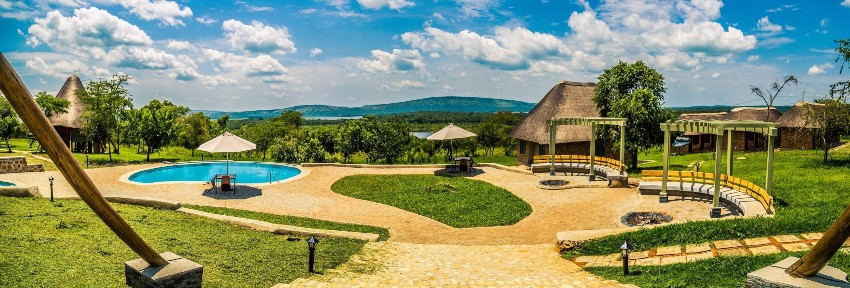
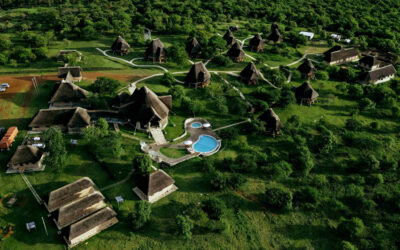

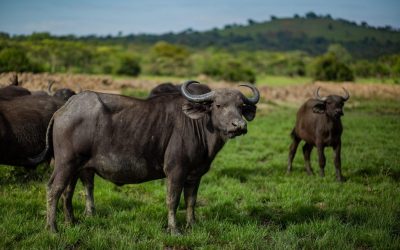
You are welcome. Thank you for taking time to read.